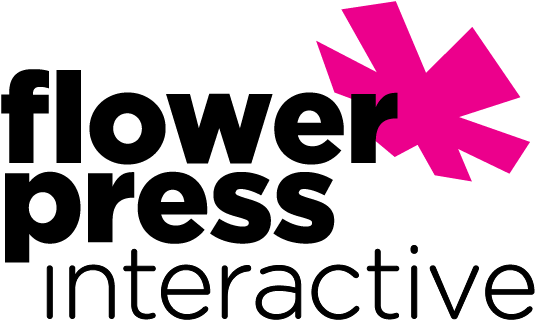
Product development is an exciting and challenging journey. For startups, the pressure to succeed often leads to misconceptions that can slow progress or waste resources. To help you navigate the complexities of building and launching a product, let’s debunk five common product development myths and offer practical advice to avoid these pitfalls.
Myth 1: You Need a Perfect Product Before Launch
The Reality: Waiting until your product is flawless before launching is a recipe for delay and missed opportunities. In reality, early feedback is crucial for refining your product. Perfectionism delays time-to-market, leaving room for competitors to gain an edge. Plus, you may invest time and resources in features users don’t even want. Embrace the concept of a Minimum Viable Product (MVP). Launch with essential features to gather feedback and iterate based on real user insights.
Myth 2: More Features = More Value
The Reality: Adding too many features often overwhelms users and complicates development. More isn’t always better; it can dilute your product’s core value. Overcomplicated products are harder to maintain, costlier to develop, and risk confusing users. Prioritize features that directly solve your users’ most pressing problems. Use frameworks like MoSCoW or RICE to determine what truly matters.
Myth 3: Users Will Instantly Understand How to Use Your Product
The Reality: No matter how intuitive you think your product is, users need guidance. Good design helps, but onboarding is essential. Assuming users will figure things out leads to high churn rates and poor engagement. Invest in a seamless onboarding experience. Provide tooltips, tutorials, or walkthroughs to help users understand the value of your product quickly.
Myth 4: Feedback Is Only Useful After Launch
The Reality: Feedback is valuable at every stage of product development. Early-stage feedback can prevent costly pivots later on. Ignoring user feedback during the development phase may lead to a product that doesn’t resonate with the market. Involve potential users early with interviews, surveys, and usability tests to refine your product before it goes live.
Myth 5: You Need to Build Everything In-House
The Reality: Building everything from scratch is time-consuming and expensive. In many cases, leveraging existing tools or outsourcing can accelerate development. Focusing on in-house development slows time-to-market and diverts resources from core competencies. Use no-code or low-code platforms, open-source tools, and outsourced teams when possible. This allows you to focus on your product’s unique value proposition.
Product development is as much about mindset as it is about execution. By challenging these common myths, startups can move faster, spend smarter, and create products that truly resonate with users. The key is to stay flexible, prioritize learning, and never fear iteration.
Which of these myths have you encountered in your product journey? Let us know your experience!

